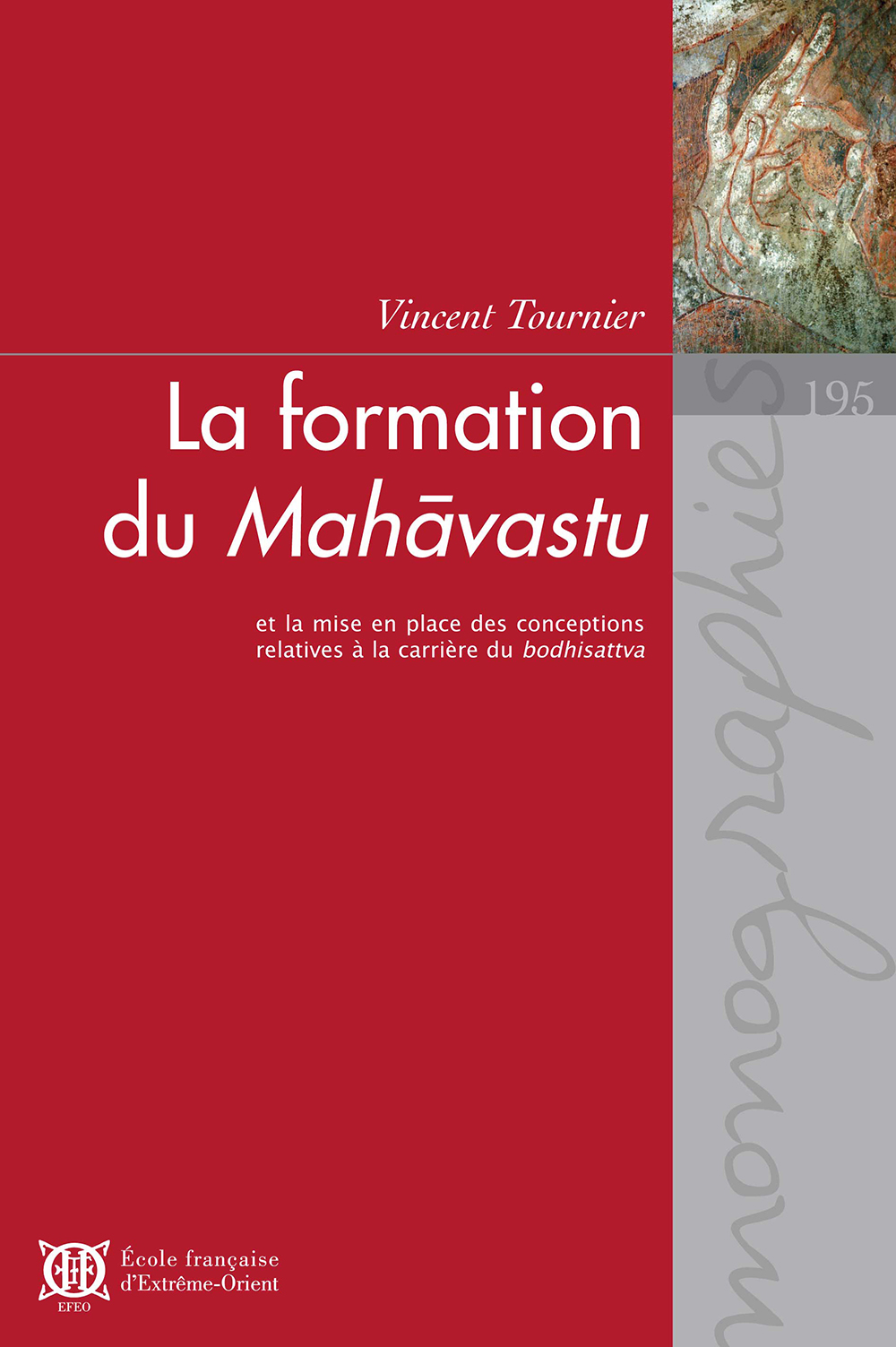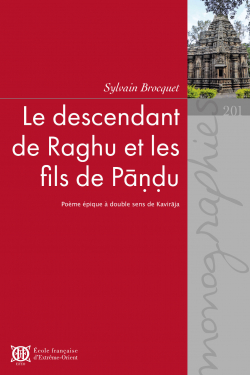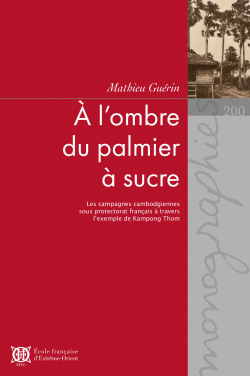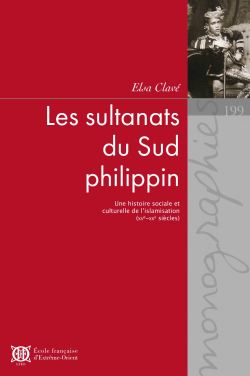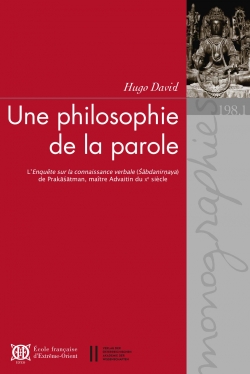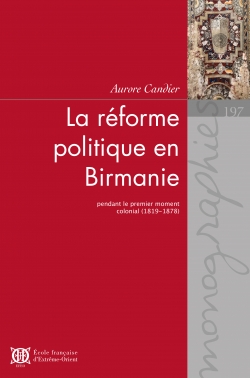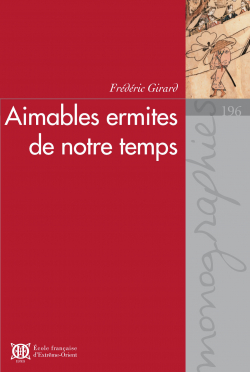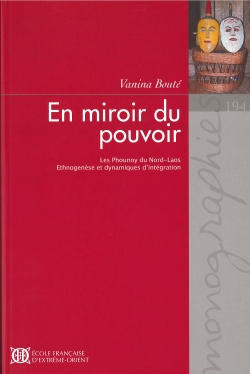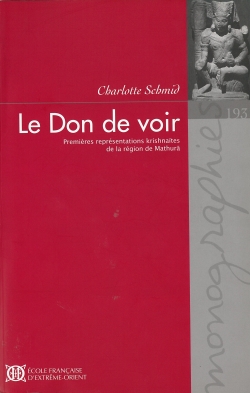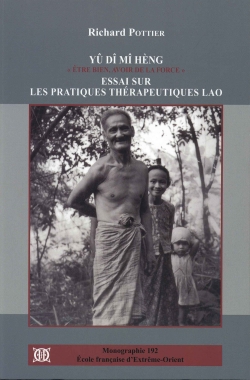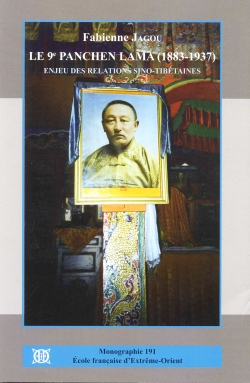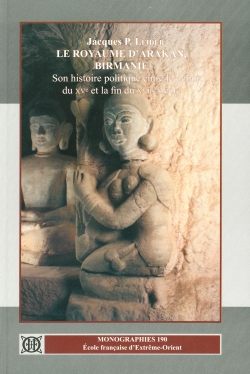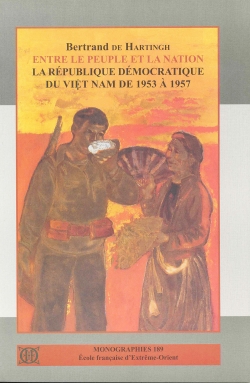The catalog of EFEO Publications includes works on a wide range of disciplines in the humanities and social sciences (archaeology, history, anthropology, literature, philology, etc.), centered on Asia, from India to Japan.
These publications address both specialists, and a wider public interested in Asian civilizations and societies.
La formation du Mahāvastu
et la mise en place des conceptions relatives à la carrière du bodhisattva
Collection : Monographies / PEFEO
Collection's number: 195
Edition: EFEO
Publication date: 2017
Status : Available
45,00 €
ISBN-13 : 9782855391335
ISSN : 1269-8326
Width : 16 cm
Height : 24 cm
Weight : 1.3 kg
Number of pages : 632
Distributor : EFEO Diffusion
Geography : India
Language : French
Place : Paris
Support : Papier
Description :
16 x 24 cm, XXIV+632 p ., paperback, French, abstract in English
Abstract
Speculations about buddhas and bodhisattvas flourished with a remarkable dynamism between the 1st and the 6th century CE. This so-called “Middle Period” of Indian Buddhism is, for instance, characterized by the growth of the Bodhisattvayāna, the movement promoting the path to perfect Awakening (samyaksambodhi), understood as a realisation far superior to that achieved by arhants. The present book aims at tracing these “buddhological” developments within the literature of the Mahāsāṅghika-Lokottaravāda, a lineage that was influential in Magadha and in the Northwest of South Asia during the period considered. This historical enquiry is rooted in a philological praxis, and, in particular, it is achieved by scrutinising the formation and the vicissitudes of an integral part of the school's Vinayapiṭaka, namely the Mahāvastu. The latter work, dealing with the lengthy bodhisattva career and the last birth of the Buddha Śākyamuni, is vast and composite. The reconstruction of distinct phases in its composition necessarily entails a close examination of the witnesses transmitting the work and, in particular, of its earliest copy, being a 12th century CE palm-leaf manuscript preserved in Nepal. The study, which forms the first part of this book, is therefore grounded on the new annotated edition and French translation of carefully selected sections of the Mahāvastu, featuring as part two. The close study of these key sections allows to uncover the editorial and rhetorical practices of Mahāsāṅghika milieux, as well as some of their core doctrines. This book therefore contributes to furthering our understanding of the monastic lineages, the canonical corpora, and the soteriology of Indian Buddhism.
Table of contents
Hommages
Prologue
Première Partie : Étude
1. Le Mahāvastu, texte composite du Vinaya Lokottaravādin
2. Cadres et jalons de la carrière du bodhisattva
3. Bodhisattvayāna et Écritures Lokottaravādin
Conclusion de l’étude
Seconde Partie : Texte
1. Introduction à l’édition
2. Édition
3. Traduction
Bibliographie
Index général
Abstract
Notes
Collette Caillat Award 2018
